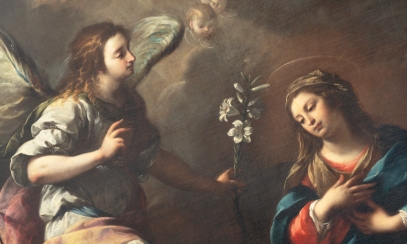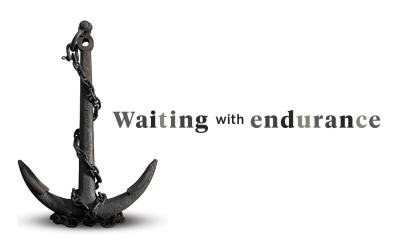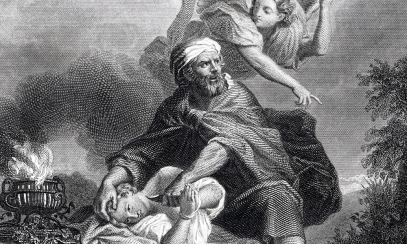
Scripture in the Sacred Liturgy After the Second Vatican Council
We may recall that in the Mass we hear from the Old Testament, the Psalms, the epistles and the Gospels each Sunday. But do we realize just how much Scripture we hear in other parts of the Mass?
We may recall that in the Mass we hear from the Old Testament, the Psalms, the epistles and the Gospels each Sunday. But do we realize just how much Scripture we hear in other parts of the Mass?
Prior to the Second Vatican Council (1962-65), the lectionary cycle was fixed so you would hear the same readings on the same Sundays each year. Furthermore, most weekday Masses did not have their own readings but rather repeated the readings from the previous Sunday. Outside of the Liturgy of the Word, there was more common usage of Scripture throughout the liturgy, specific moments when a Scripture verse or two was proclaimed by the celebrant. These are called “propers” and are selections of Scripture readings that change with each feast or season because they are proper to that celebration. There are six moments within the liturgy for propers, the most recognizable would be during the Alleluia just before the Gospel is read. For some time, these have not been in use in many places — but are currently becoming more common again.
Despite this abundance of Scripture already in use, the Second Vatican Council called for an even greater increase. One of the first documents to be released following the council was Sacrosanctum Concilium, known as the Constitution on the Sacred Liturgy. Here are several passages which call for an increased use of Scripture in the liturgy.
- “Sacred Scripture is of the greatest importance in the celebration of the liturgy …” (SC 24)
- “In sacred celebrations there is to be more reading from holy Scripture, and it is to be more varied and suitable.” (SC 35)
- “The treasures of the Bible are to be opened up more lavishly, so that richer fare may be provided for the faithful at the table of God's word. In this way, a more representative portion of the holy Scriptures will be read to the people in the course of a prescribed number of years.” (SC 51)
- “Readings from sacred Scripture shall be arranged so that the riches of God's word may be easily accessible in more abundant measure.” (SC 92)
Pope St. Paul VI, a great lover of Scripture, hoped for this increased usage of Scripture in the Mass. In 1964, he established the Council for Implementing the Constitution on the Liturgy. A key role of the council was to create the new Lectionary, which is the book containing all of the Scripture readings for the Liturgy of the Word read at each Mass.
In a nutshell, the council expanded the Lectionary from a single-year cycle to a three-year cycle for Sundays and a two-year cycle for weekdays. For Sundays and feast days, a reading was added before the epistle and Gospel, which is taken from the Old Testament except during Eastertide, when it is taken from the Acts of the Apostles. Both of these changes allowed for many more books of the Bible to be used in the liturgy.
Father Felix Just, SJ conducted a study of how much of the Bible was read during Mass and he came to these percentages:*
- 14% of the Old Testament (not counting the Psalms)
- 55% of the non-Gospel New Testament
- 90% of the Gospels
- 71% of the entire New Testament
What does all of this increase of Scripture in the Mass after the Second Vatican Council mean for us? Part of the purpose of the Bishop’s Year of the Bible was to get us more comfortable and familiar with reading Scripture and incorporating it into our lives. If the “Word of God is living and effective” (Heb 4:12), then the more we immerse ourselves in it and fill our hearts and minds with it, the more we are transformed to Christ. Next time you are at Mass, pay close attention to the readings, the prayers and antiphons so that you can be immersed in the life of Christ and transformed to his likeness.
*Statistics from: catholic-resources.org/Lectionary/Statistics.htm



